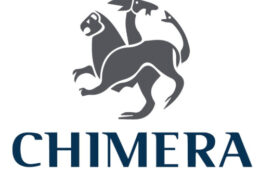By John C. Marchisi
National Director – SPAC Segment
and Area Senior Vice President of Gallagher’s Financial Institutions Practice
The recent SPAC boom created many challenges, one of which being the volatility of D&O insurance premiums as SPAC operators face a heightened and evolving litigation environment.
The explosion in SPAC transaction volume brought with it an explosion in novel D&O insurance products—products that are, unfortunately, often much riskier than stakeholders suspect. It requires extremely specialized expertise, and both a historical and forward-looking perspective to navigate these situations safely.
How did this situation come about? As is often the case with any emerging market or boom, solutions are commonly rushed to market by advisors and businesses seeking to capitalize on the trend, with the market for D&O insurance for SPACs being one such example.
Specifically, several new SPAC D&O coverage structures and products have been marketed over the recent past as ways to significantly reduce premiums and retentions, while also claiming to better align coverage for the nuanced requirements and dynamics of SPAC transactions. However, we have found that many of these structures are not only strategically, but technically deficient in a material and catastrophic, ultimately representing the potential to harm not only the SPAC, but its combination target, and its investors.
We seek to provide an examination of one of these structures as a cautionary tale, a D&O policy structure which converts the D&O policy insuring agreements at the time of the business combination closing, through the “tail” endorsement, in order to accomplish savings in upfront premium.
In order to adequately contextualize the example, it can be helpful to review the technical insuring agreements of a public company D&O policy. D&O policies are written with three insuring “sides”, which are referred to as Side A, Side B, and Side C. Side A is for “non-indemnifiable” loss, which responds to insurable losses of insured persons under the policy which are deemed to non-indemnifiable by the corporation. Side A is also referred to as “personal asset protection” for this reason, as it responds to indemnify an individual, as opposed to an insured entity. Read more.









